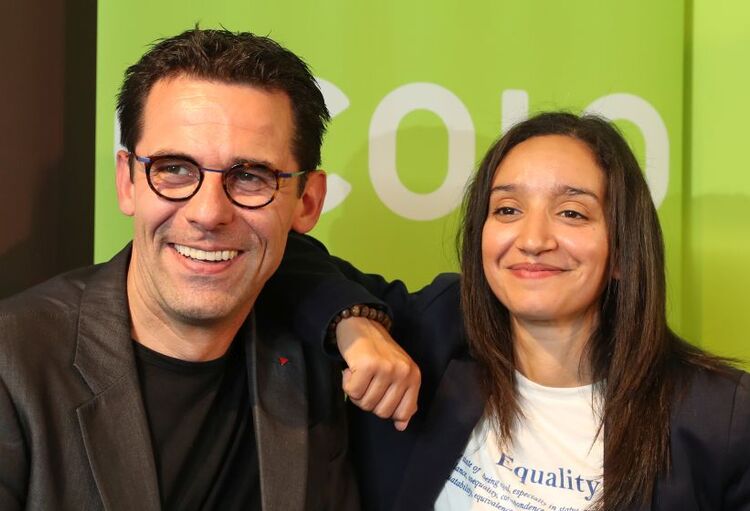
Care of children and young people: the response of general practitioners to pediatricians
Too often the parents of the sick child contact the pediatrician directly, or even the pediatric hospital emergency room, for situations that are perfectly manageable by the general practitioner. The College of General Medicine highlights the need to respect the role of each line of care, which would increase the efficiency of care and alleviate the problem of the shortage of pediatricians.
Representatives of the College of General Medicine (CMG) participated for several months with the Belgian Academy of Pediatrics in meetings to discuss the organization of care for children and adolescents in Belgium. A document bringing together the proposals of the Belgian Academy of Paediatrics (BAOP) guides the care of Belgian children and adolescents for the years to come. A summary of ten recommendations is also published by the BAOP.
But the CMG was not asked to draft these 10 recommendations and expressed its regrets to the BAOP in this regard. The CMG’s point of view is that it is necessary to find a fair place for each child and youth professional in the organization of preventive and curative care. In prevention, for example, the CMG would like to see closer collaboration develop between the general practitioner and medico-social workers, particularly those from the ONE. In therapy, the College points out that the general practitioner is the front-line doctor and takes care of common pathologies in children. Emergency pediatric hospital care is a second-line solution.
From a public health point of view, the general practitioner ensures financial, timetable and cultural accessibility and practices a community approach to young patients, which is particularly important. But, insists the College, this in no way means that this differentiation between the first and second lines excludes all collaboration, far from it. On the contrary, it allows for better agreement on who does what between pediatricians and contributes to the establishment of a strong, preventive and curative generalist first line. Even outside working hours, general medicine remains accessible via on-call and 1733. The second line can then devote itself to more complex tasks, whether in a hospital environment or in community pediatrics.
All this, says the College of General Medicine, also presupposes good collaboration with the ONE services and school medicine. Furthermore, (future) general practitioners must be properly trained in child and adolescent medicine, to enable them to optimally refer complex cases to pediatricians. In this way, it would be possible to alleviate the work overload of pediatricians and its corollary, the lack of specialists. We do not see, insists the CMG, how it could be justified to increase the number of pediatricians before having repositioned the first and second lines in their rightful place.
> Discover the position taken by the College of General Medicine
> Read the ten recommendations from the Belgian Academy of Pediatrics
> Read the CMG’s response to the BAOP
> See the Care Plan for the Children and Young Persons of the Belgian Academy of Paediatrics
Read also: Pediatricians want a Minister of Children
Access to all features is reserved for healthcare professionals.
If you are a healthcare professional you must log in or register for free on our site to access all of our content.
If you are a journalist or if you wish to inform us, write to us at [email protected].

Ethel Purdy – Medical Blogger & Pharmacist
Bridging the world of wellness and science, Ethel Purdy is a professional voice in healthcare with a passion for sharing knowledge. At 36, she stands at the confluence of medical expertise and the written word, holding a pharmacy degree acquired under the rigorous education systems of Germany and Estonia.
Her pursuit of medicine was fueled by a desire to understand the intricacies of human health and to contribute to the community’s understanding of it. Transitioning seamlessly into the realm of blogging, Ethel has found a platform to demystify complex medical concepts for the everyday reader.
Ethel’s commitment to the world of medicine extends beyond her professional life into a personal commitment to health and wellness. Her hobbies reflect this dedication, often involving research on the latest medical advances, participating in wellness communities, and exploring the vast and varied dimensions of health.
Join Ethel as she distills her pharmaceutical knowledge into accessible wisdom, fostering an environment where science meets lifestyle and everyone is invited to learn. Whether you’re looking for insights into the latest health trends or trustworthy medical advice, Ethel’s blog is your gateway to the nexus of healthcare and daily living.


